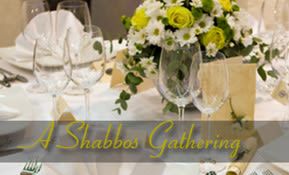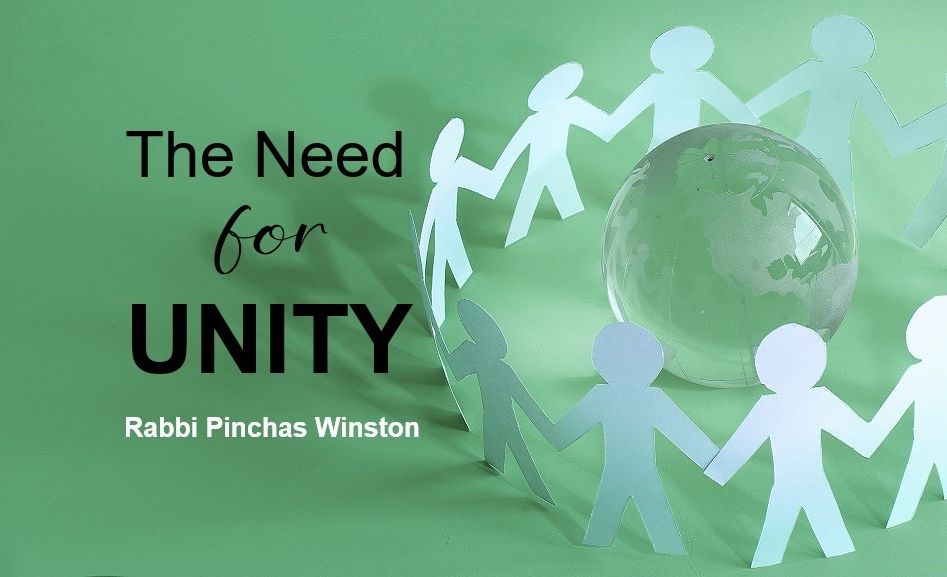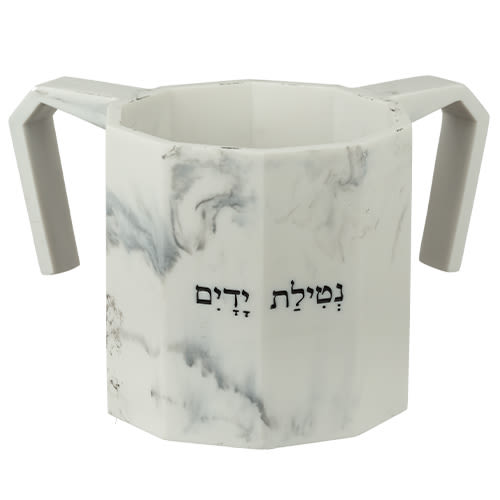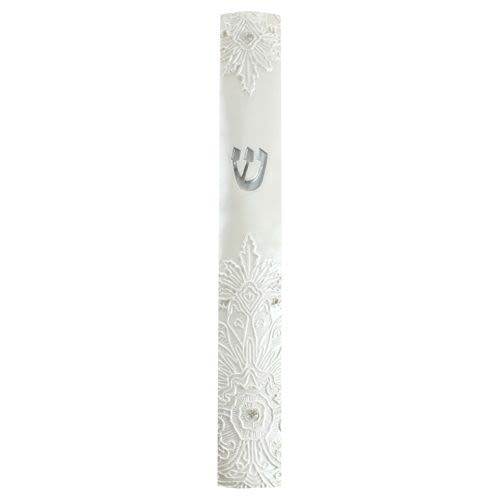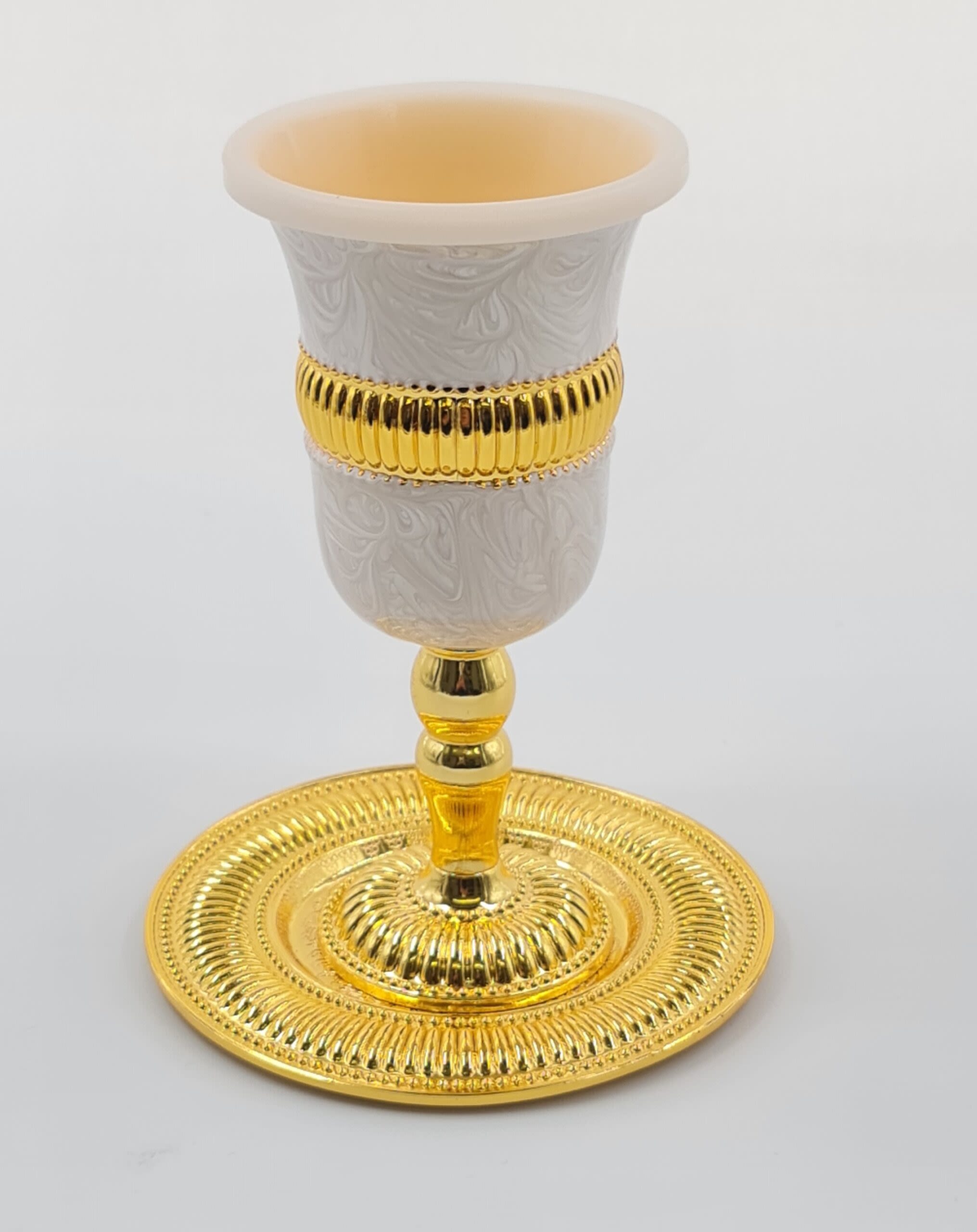
Shemot: Roller Blades and Mezuzas
The dude was cruising down the corridor of the yeshiva on his roller blades! He flew out the front door, but not before he stuck out his...

א וְאֵ֗לֶּה שְׁמוֹת֙ בְּנֵ֣י יִשְׂרָאֵ֔ל הַבָּאִ֖ים מִצְרָ֑יְמָה אֵ֣ת יַֽעֲקֹ֔ב אִ֥ישׁ וּבֵית֖וֹ בָּֽאוּ:
These are the names of the Children of Israel that came to Egypt with Ya’akov – each man and household. (Shemot 1:1)
This verse may have been more accurate had it said, “each man and his family.” Although “household” can imply family, still, it also implies “home,” and the Jewish people did not transport their homes down to Egypt…
Or did they?
We know from last week’s parshah that Yosef did everything he could to protect the Jewish people from the influences of Egypt. Ya’akov too sent Yehudah down to Egypt to establish places of study and prayer, in advance of the coming of the rest of the family. No one was taking any chances-the environment had to be as “kosher” as it could be for them before their arrival, especially since they were going to Egypt. Hence the verse’s wording: each man and his household, as if to say, the family of Ya’akov did everything they could to transport their household life they had developed while living securely in Canaan, to insulate themselves from the effects of the most immoral nation on earth.
This is also why Sefer Shemot opens with the words “these are the names (shemot) …” As Rabbi Shimon Raphael Hirsch points out, the words “shaim” (שם, name) and “shumm” (שום, there) are related, not just through their spellings, but conceptually as well. For, the point of a name is to make it easy to locate someone in time and space, just as the word “there” does. In a sense, a name is a spiritual coordinate for a person.
Therefore, the posuk is telling us that when the family of Ya’akov came down to Egypt, they did so spiritually intact. You could “locate” them, because among the Egyptians they were noticeable, being spiritually different than the rest of them.
However, this was only how they “came down” to Egypt; it was not how they remained in Egypt, as we see that they assimilated into Egyptian society over time. Nevertheless, the essence of who they were did not change with time, though it became hidden under layers of Egyptian lifestyle. The essential spiritual coordinate of the Jew had remained there all the time, and this is what kept them separate enough to make them redeemable.
I witnessed this idea first hand this week.
 I happened to be standing in a yeshivah for American Ba’alei Teshuvah this week with little or troubled religious backgrounds, reading the bulletin board when some young man whizzed by me. He was going too fast to be running, and the noise he made indicated to me that he was on roller blades. I ignored it.
I happened to be standing in a yeshivah for American Ba’alei Teshuvah this week with little or troubled religious backgrounds, reading the bulletin board when some young man whizzed by me. He was going too fast to be running, and the noise he made indicated to me that he was on roller blades. I ignored it.
A few seconds later, he came flying past me again, obviously very good as his maneuvering revealed, and something inside me said, “Look how we have come to imitate the non-Jews. Not only does this boy skate like a seasoned roller-blader, but he’s doing it in a place of Torah yet! Is nothing sacred anymore?”
And then, while I was thinking this and he continued on his path out the front door, his left hand reached out with precision timing and then a moment later, was pulled back in just before it hit the door itself. I realize he had kissed the mezuzah on the way out.
I thought to myself, the clothing and the skates are not Jewish, but the soul inside – that’s Jewish, that’s 100% Jewish. And though I am still not a fan of roller blades (as you can tell), especially when they are used to get around in a place of Torah, I must say, I derived great satisfaction and an impromptu important lesson that night: You can take the Jew out of the country, but you can’t take the soul out of the Jew.




